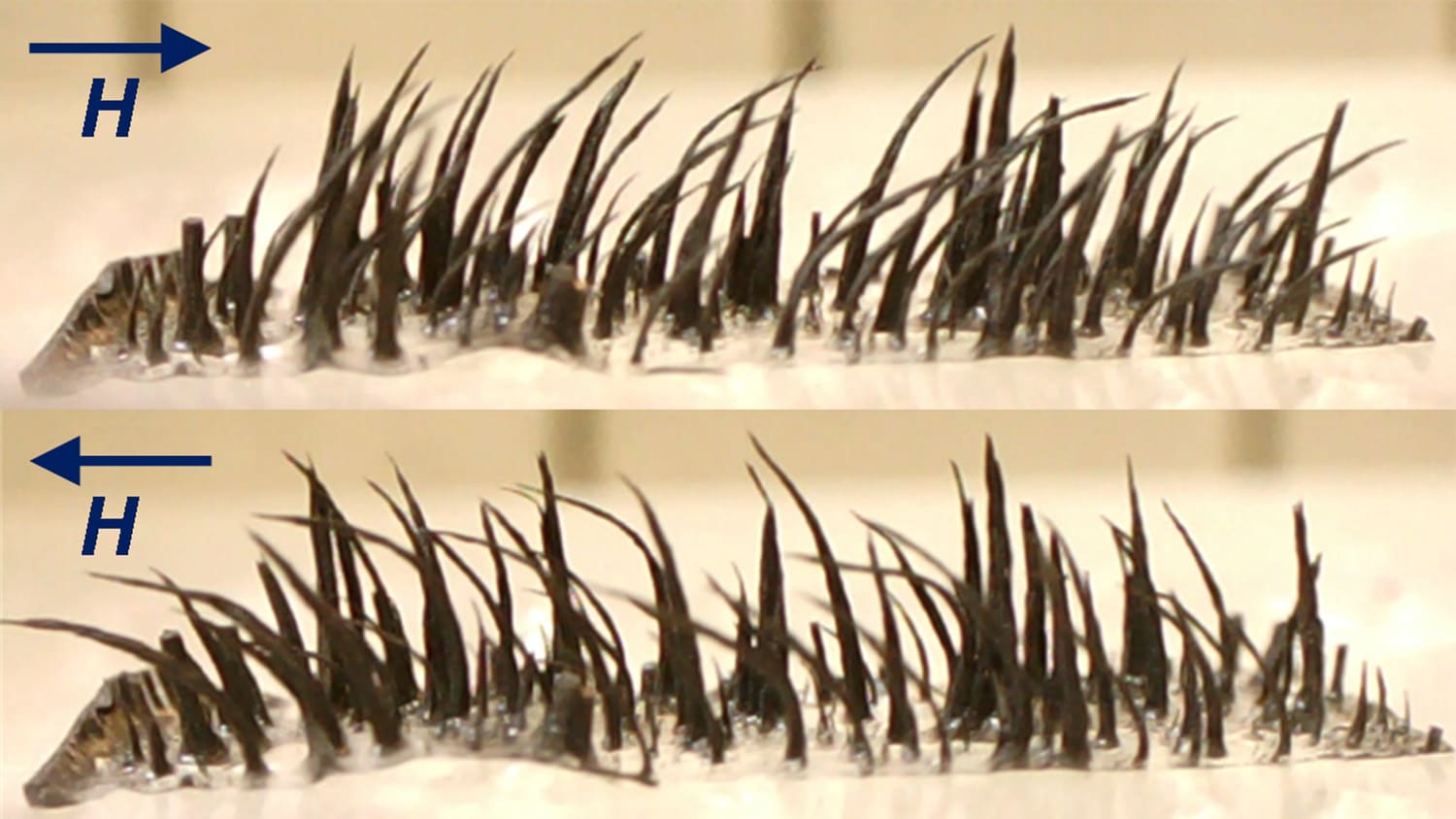Advances In Forensic Anthropology: Database For The Unidentified

Note: This is the second of three posts outlining recent technological advances in forensic science, which were the focus of a workshop held earlier this month at NC State. The workshop, Advances In Forensic Anthropology, was funded by the National Institute of Justice (NIJ) and organized by the National Forensic Science Technology Center.
When a loved one disappears, one of the worst things that family and friends can go through is not knowing what happened. And while families can spend decades searching for a loved one, law enforcement can’t determine if a crime has occurred – much less collect any clues that might be found on a body. As a result, identifying the body of a missing person is important for both loved ones and law enforcement officials. This is where the National Missing and Unidentified Persons System (NamUs) can help.
NamUs is a clearinghouse for information on missing persons and unidentified human remains. The database includes as much information as a forensic practitioner can provide, from tattoos to hair color. For fully skeletal remains, forensic scientists can enter data on the victim’s sex, stature, ancestry, age at the time of death, etc.
Police and family members can then look at the profiles that have been entered into the system in order to identify leads in missing persons cases. Families are often the ones to find relevant leads in the database, because they have the time and motivation to spend hours poring through NamUs on a single case.
Law enforcement officials can also plug data into NamUs for missing persons they’re trying to find, so that medical examiners and other forensic practitioners can scroll through those profiles when they are working with an unidentified body.
Initially developed by the National Association of Medical Examiners, the fully searchable version of the NamUs system was rolled out in 2009. Like the other technologies presented at the Advances In Forensic Anthropology workshop, NamUs was funded by NIJ. The overall goal of the workshop was to bring practicing forensic scientists up to speed on recent technologies, so they can be used in the field to assist in body identification, murder and missing persons investigations, and other legal and medical cases.
The first post in this series covered 3D-ID, a software program that gives forensic practitioners key demographic information about a body based purely on skull measurements. The third post will discuss an emerging technology that uses computerized tomography (CT) scans of the skull to recreate what that person looked like when alive.
- Categories:


